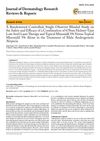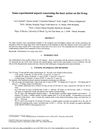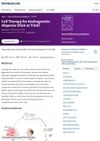laser therapy for anti-inflammatory and likely insignificant hair regrowth effects
natural substance from Neem tree with medicinal and pesticidal properties
signaling protein that, when suppressed, may grow hair by reducing inflammation and stem cell loss




